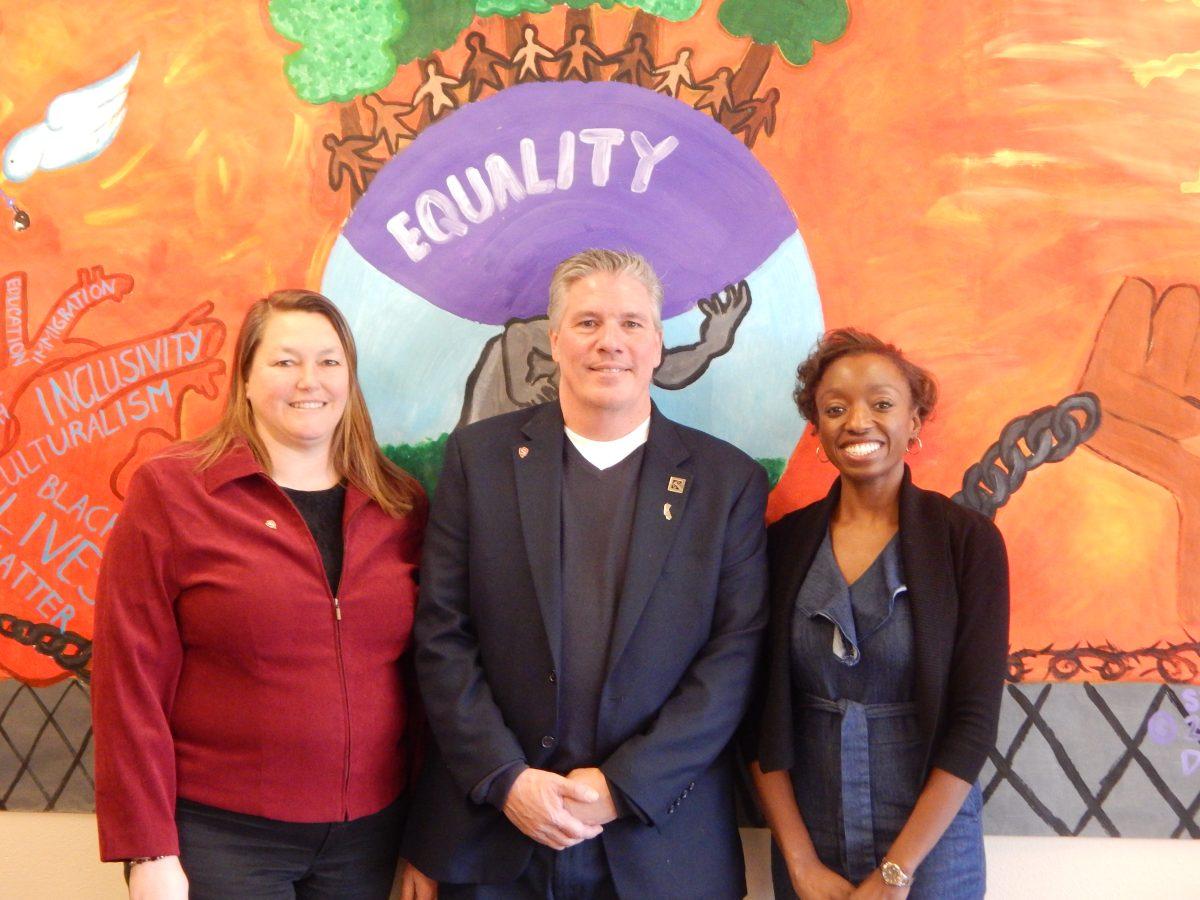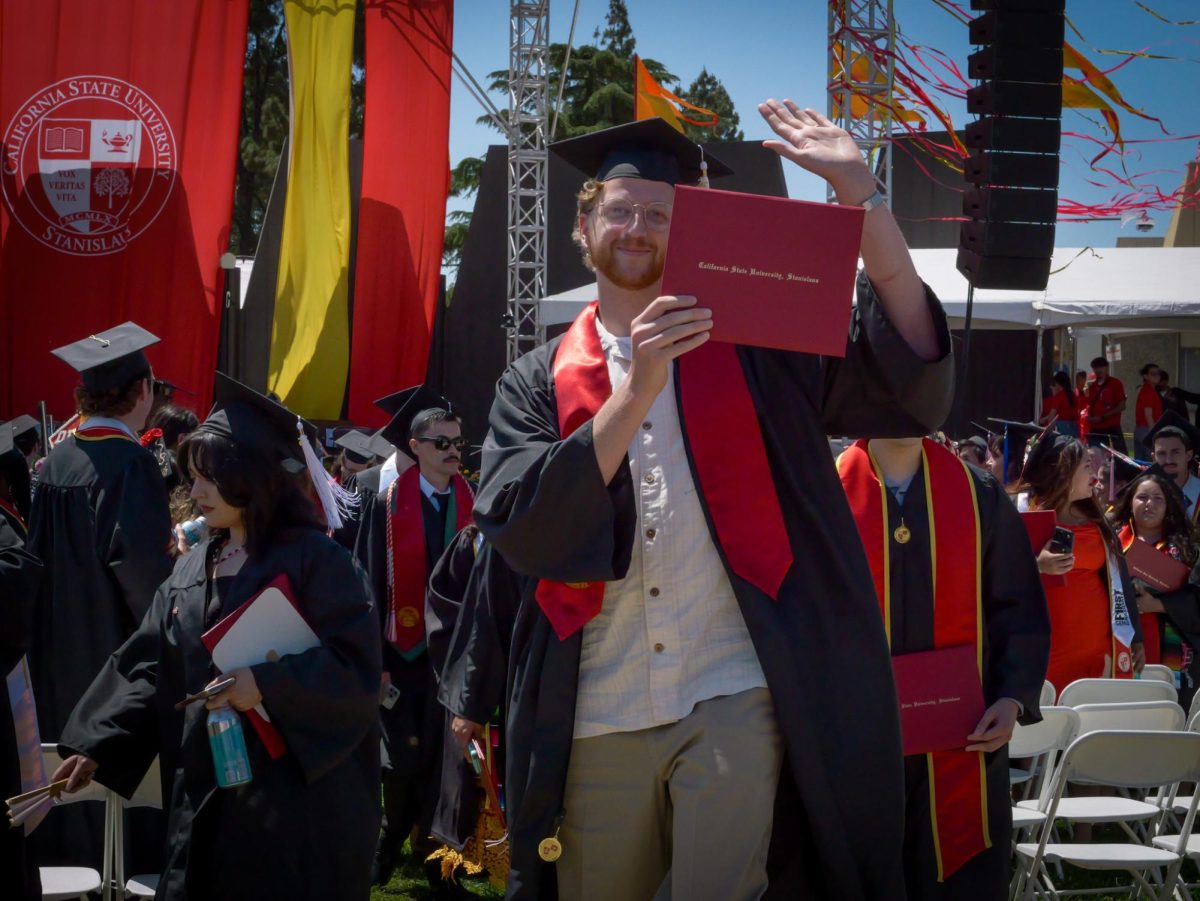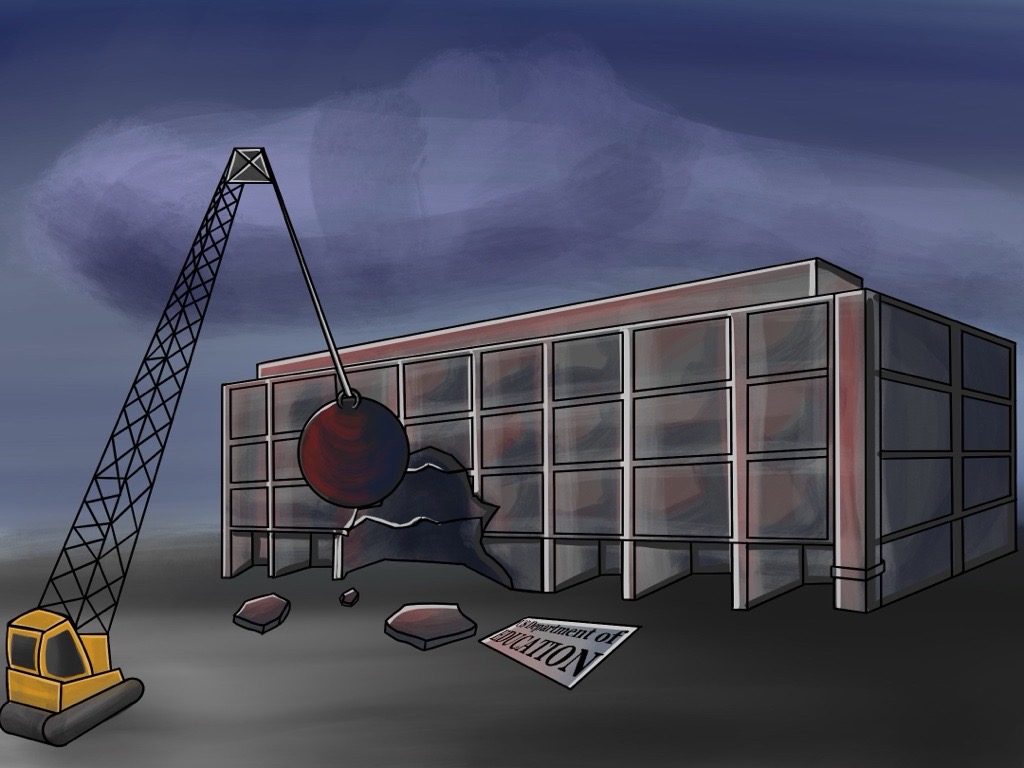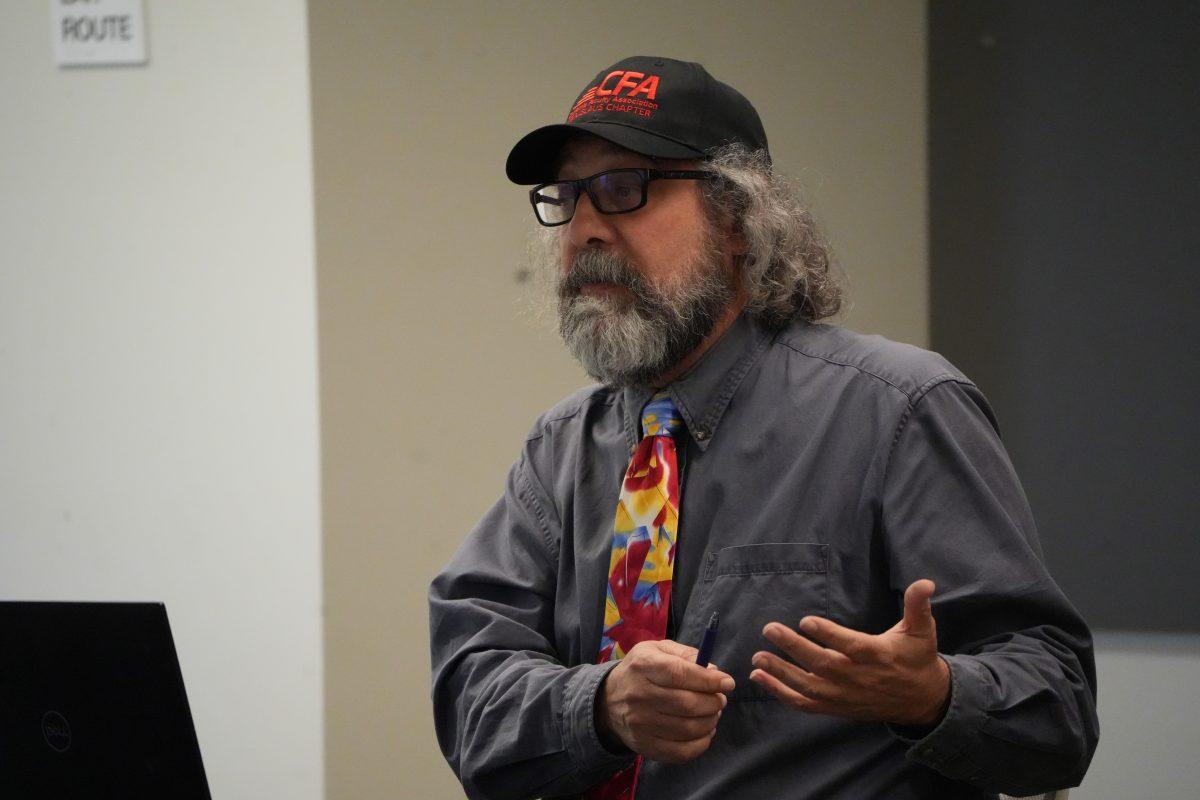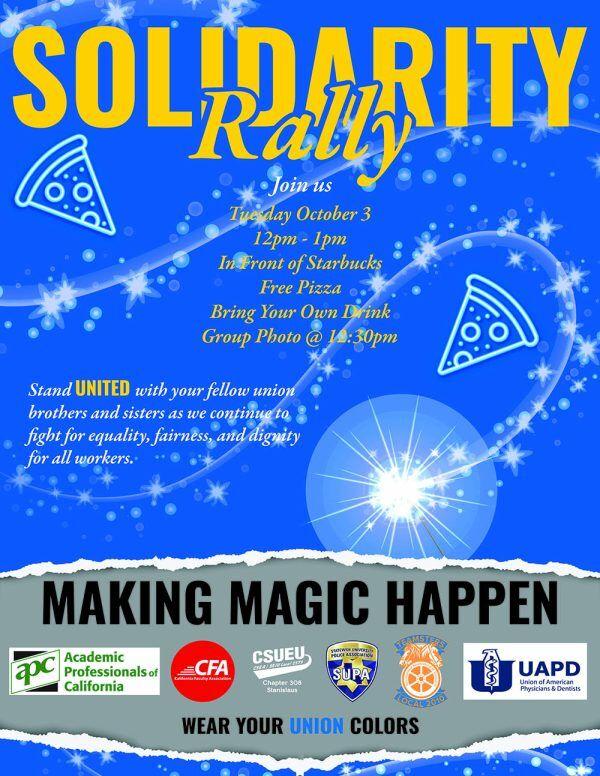The Diversity Center held a panel about racial identity development as part of a leadership series. This panel served as an open space to share ideas about racial identity and to offer insight. The three panelists were Matthew Lopez-Phillips (Associate Vice President and Dean of Students), Stephanie Hubbard (Special Assistant to the Associate Vice President for Student Affairs and Dean of Students) and Dr. Aletha Harven (Professor of Psychology and Child Development).
Each panelist, and a few audience members, shared how their identities have affected their lives.
“I identify as Caucasian. I only know 50 percent of my identity,” Hubbard said. “For my birthday I asked for 23 and Me, so I can know who I am. My mother’s side comes from Whales predominantly, I don’t know about the other side.”
At times a person’s racial identity do not exactly match how an individual may look. This is the case for Lopez- Phillips.
“Mine is a little more messy. I identify as multi-racial; I came from a split family. One side of my family identifies as white the other half are people of color who have multiple identities. My grandfather came from the Philippines. My grandma is part Blackfoot and part Irish. My grandfather is part Castillion Spanish as well as Malaysian. My mom is white,” Lopez-Phillips said.
Some members of certain cultures, particularly African Americans, often lose parts of their cultural identities due to having their culture stripped away from them.
“I identify as an African American and also black. In my family I have a lot of ancestors that come from a number of places. I think this is because of the history of how black people got here,” Dr. Harven said, “I am part of the Lumbee Tribe, which is a mix of Creek and Cherokee. On my mom’s side we have a lot of Irish. On my dad’s side we have British, which is linked to my last name Harven.”
Having different identities or lack of exposure or knowledge at an early age can lead to misconceptions about race at an early age.
“One of my first memories was when I was in second grade, my cousin was dating a black guy,” Hubbard said, “I didn’t know that blacks and whites could date each other.”
Many misconceptions about racial identity can have a devastating effect on family relationships. Sometimes parents do not approve of their children marrying people of other races.
“What’s interesting about my own identity development is that my parents were divorced and my grandparents (mother’s parents) disowned her when she married my father because he was a person of color. I have some formative years being raised by all white folks,” Lopez- Phillips said.
Racism from families often create racial awareness at an early age, especially for people of color.
“I distinctly remember being about six years old. I remember this little white boy was friends with my siblings and me. We would play every day. He would always come to our house, and one day he stopped coming by,” Dr. Harven said, “We didn’t know why, so one day I and my siblings saw him and we asked what happened. He said his mom had told him that he couldn’t come play with us anymore until his skin turns black. I didn’t know what that meant. My siblings didn’t know. We went and spoke to our parents about it. That’s when they started having these discussions with us.”
Racial identities can be especially difficult when being part of an immigrant family, according to Jordan Alvarado (junior, Psychology/Ethnic Studies). According to Stan State enrollment demographics, 14.1 percent of students are immigrants.
“I was born in the Philippines, and we migrated to Texas when I was eight. It’s like living in two different worlds. Being a child of an immigrant, you have to prove the process of immigration is worth it. You want to make breakthroughs, but you don’t want to do anything to dishonor your family,” Alvarado said.
It can also be difficult being from an immigrant family while struggling to identify with those who may physically look like you here in America. This factor raises concerns for students like Wonuola Olagunju (junior, Biological Sciences).
“I am first generation Nigerian. Even though I’m African through ethnicity, I’m still the black person they talk about on the news. I’m still the same person they will stop. As I got older, I started to realize that first gen kids are stuck between two social identifications,” Olagunju said.
Learning about one’s own racial identity may be important for all cultures, including those who identify as Caucasian. White people apart of a majority group have the opportunity to embrace other cultures and help fight racial injustices.
“I think what tends to happen with the white identity process is that people get this guilt and shame phase of being white. That’s not a place that gets us anywhere. How do we get to a place where we make a difference in the world? I am learning to understand the importance of using my power in a majority identity to make a difference. It’s just part of my identity,” Hubbard said
The Diversity Center held this panel to honor students in their journey of racial identity. Students who attended this event also gained credit for leadership. Check the Stan State website for more events for leadership.
Categories:
Diversity Center Panelists Empower Students in Their Racial Identities
Nicole Dunlap
•
March 20, 2018
Stephanie Hubbard, Special Assistant to the Vice President for Student Affairs and Dean of Students (Left), Matthew Lopez-Phillips, Associate Vice President and Dean of Students (Middle) and Dr. Aletha Harven, Professor of Psychology and Child Development (Right).
0
Donate to Signal
Your donation will support the student journalists of California State University, Stanislaus. Your contribution will allow us to purchase equipment and cover our annual website hosting costs.
More to Discover

